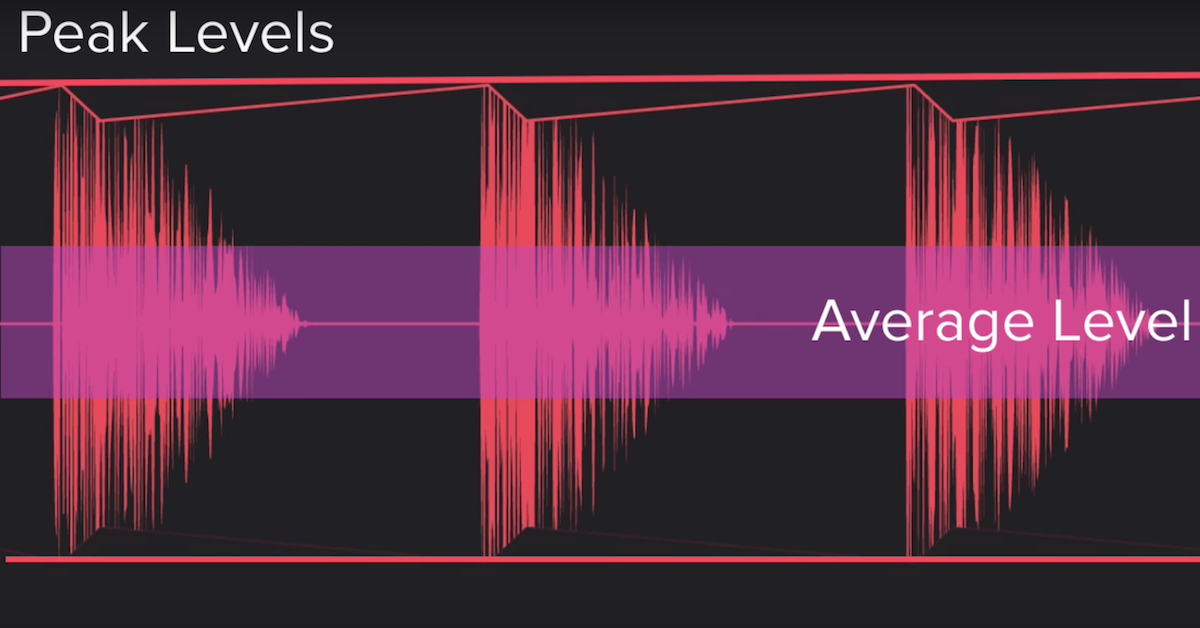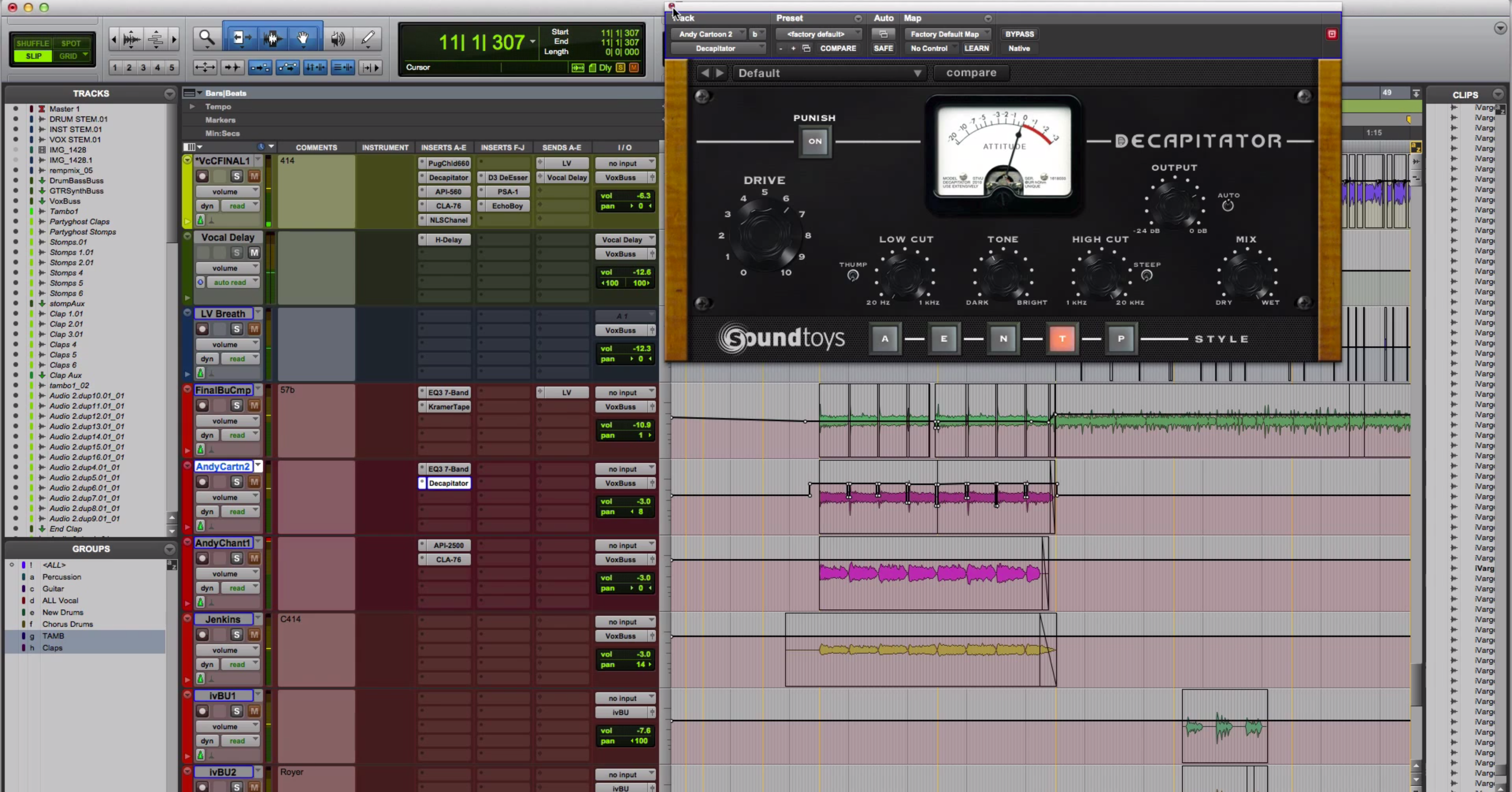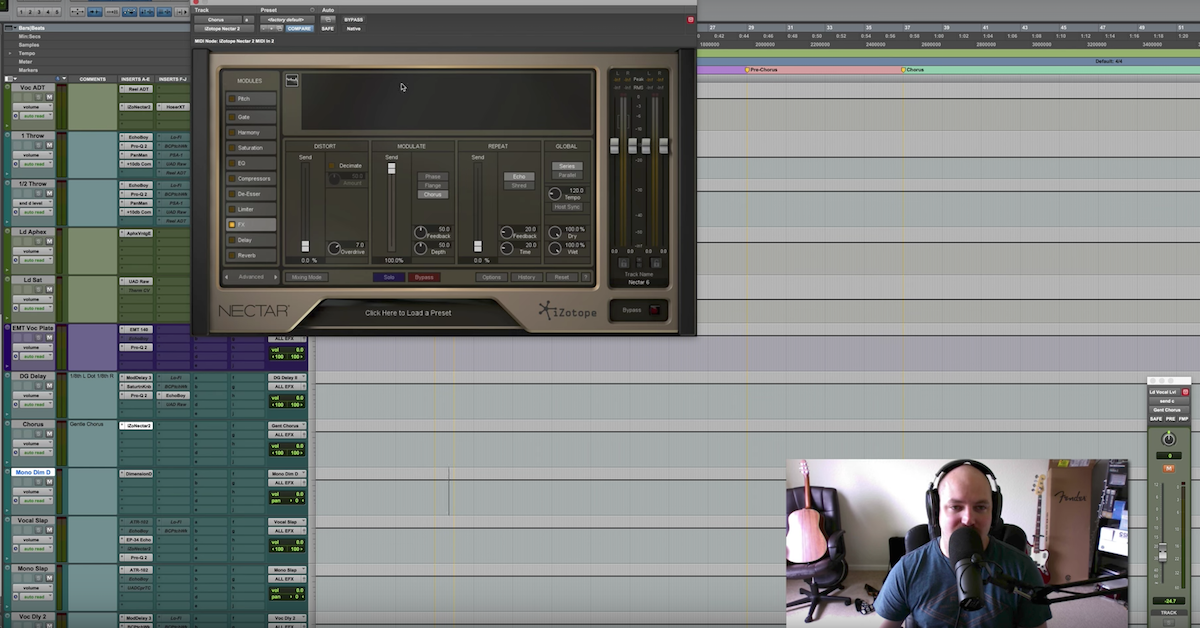The Basics of Arrangement (+ 15 Quick Tips)
Article Content
First, I think a quick explanation of what musical arranging is would be useful, as I’m aware of at least two related-but-distinct definitions for the term. There is the older idea of an arrangement being a reworking of an existing musical composition that was usually composed by someone else — like with a cover song. Plenty of composers have made new arrangements of their own existing compositions, though, and so over time I think the definition of musical arranging has become broader. This newer idea of arranging has to do with most or perhaps even all of the creative choices that are made between the conception of the musical idea and the completed composition.
In this article I’ll list 15 specific production techniques that are often executed during the arranging process. Any such list is destined to be incomplete due to the infinitely creative nature of music production, but my hope is that this list might help to get you started in learning the craft of arranging and thinking about the various possibilities therein.
Structure/Form
There’s quite a bit to consider when it comes to the concept of form, so I think it warrants its own section in this article. The form or overall structure (both terms are more or less interchangeable) of a musical composition has to do with the way structural units smaller than an entire composition are connected together and sequenced throughout the course of a composition. There are many standardized forms with each form usually associated with a particular style and period from musical history, though some forms transcend these boundaries.
So what defines a musical structural unit? You can think of this as being a complete musical “thing” that has its own unique characteristics. How do we know when we’ve transitioned from one portion of a composition’s form to another? Essentially this happens when there’s some sort of major change to the music; a change in musical character so large (depending on context) that a new musical structural unit can be said to have been created. Of course there are many ways to make these types of structural changes. It could be changes to the chord progression, the melody, the rhythm, the dynamics, the timbre and/or instrumentation, the density of musical information, the key, the time signature, or it could be combinations of any of these things.
When adapting an existing composition through the creation of an arrangement, alterations of the formal structure are common. An existing formal structure can be used, or a new one can be designed. Experimentation with these musical structures during arranging is encouraged.
In today’s most popular genres, certain formal structures can be expected to be encountered often. Common structural units include:
Intro: This section starts a composition. Intro sections can be as short as a single bar (or less), or it can be as long as several minutes or more. It just depends on the genre and the aims of the arranger. Lots of intros are one, two, four or eight bars in length — this would be a good place to start.
Verse: This section typically follows the intro as the first major song section, though not always. This is usually where the song’s sonic identity is established and a complete lyrical idea is expressed. There’s often more than one verse found in a song. The quantity and quality of the variation between these repetitions of the verse can vary quite a bit, but you’ll also hear verses that were more or less copied and pasted in the DAW, with the vocal being the lone element that has changed.
Chorus: Often thought of as perhaps a culminating or “featured” section of the song, choruses (which also tend to be repeated) often sound big and energetic, depending on the style. Anthem-style vocals are often heard in choruses. The rest of the song sets up the chorus, and the chorus wants to deliver the peak musical moment. Choruses are often toiled over in the DAW perhaps more than other song sections. Things like vocal harmonies, vocal & instrumental layering and additional instrumentation are often found in choruses. Sometimes you’ll find a specific “pre-chorus” section that serves to set up the chorus.
Bridge: Usually not repeated, the bridge is a musical structure that usually links a prior section to the chorus, but a bridge can link any two formal structures together. A bridge often serves as an antecedent to the final and biggest chorus in the song. Bridges usually have a sonic character that contrasts with both verses and choruses. Longer solos are often found in the bridge.
Outro: An outro takes the song to its conclusion. An outro could be as simple as fading out the final chorus, or it could be a fully composed sequence of unique musical events. I think most outros end one of two ways — going out with a bang by building up to some kind of loud, energetic ending, or the opposite of that. The music might just fade away or lose momentum and end quietly.
Let’s look at an example of these song structures. We’re going to analyze Radiohead’s “Creep.”
Intro: 0:00 – 0:20. Eight bars in 4/4 time. The instruments establish the chord progression, time signature and tempo.
Verse 1: 0:20 – 1:02. Sixteen bars. The vocalist enters and sings the first verse.
Chorus 1: 1:02 – 1:23. Eight bars. The energy ramps up, guitars switch to a distorted timbre, drums switch from hi-hats to the ride cymbal and the vocalist sings in a higher register.
Verse 2: 1:23 – 2:04. Sixteen bars. This is very similar to verse 1, but new lyrics are introduced.
Chorus 2: 2:05 – 2:25. Eight bars. It’s another statement of the chorus.
Bridge: 2:25 – 3:06. Sixteen bars. Chorus 2 flows nicely into this bridge. It’s a great example of a formal moment that synergizes well with the other musical elements like dynamics and timbre. This bridge is somewhat unusual — it’s where the peak of this particular song is achieved. I’d say that happens more often in the chorus. But ultimately this section serves to connect the final chorus to the final song section (the outro, see below), and the vocal line is distinct.
Outro: 3:06 to the end. Sixteen bars, plus one more for the final chord. There’s an immediate drop in energy — parts drop out and dynamics & timbral energy are immediately reigned in. It’s a classic formal technique for when you need to lower the energy level. You could be forgiven for interpreting this as one last verse, as it shares many common traits with the other verses. However it has an additional clear drop in energy leading to the end of the song — a common trait in outro sections for songs that end quietly.
There are plenty of other musical terms related to form that are good to learn more about once you’ve got a good handle on these terms here. For example, there are many important historical forms such as sonata, rondo, and theme and variations. These forms laid the foundation for what we’re using today. During the 20th century, important forms were developed including the arch form, process form and John Cage’s chance form, among others. From time to time you’ll see these forms or elements of these forms used in more adventurous popular music.
In popular genres of music each of these structural units are often multiples of four bars in length — four bars represents the most common length for a single phrase. For example a verse might be 16 bars long (four different four bar phrases) and a chorus might be eight or twelve bars in length. An intro and outro might be four or eight bars, but could be much shorter or longer depending on the composition.
15 Arrangement Tips
Keeping the essence of the song intact means that you probably won’t be making too many major changes to the melody (depending on context), but in arrangements other parts are routinely altered. Here are a few ideas that you can try in your next arrangement:
- Alter the timbre and/or instrumentation. Use another instrument or patch for the part. Sound design techniques like layering and modulation can be powerful tools for altering an existing part for your arrangement.
- Rework a part’s harmony. The Western harmonic language is quite flexible. Try making a new harmonic progression that still fits the melody but that differs from the original harmony. Or try swapping a sustaining harmony part for an arpeggiated one, or vice versa.
- Embellish or simplify a part. Consider the strengths and weaknesses of the performer, if known. Or this can simply be a creative choice.
- Alter the rhythm of a part. This could even potentially include changes to important timing elements like the time signature and the tempo.
- Add a new part if the opportunity presents itself.
- Remove an existing part if things seem too cluttered.
- Think about your approach to phrasing. You might be surprised at how a new approach to phrasing can transform a part.
- Consider altering the in and out points for the parts.
- Try changing the harmonic rhythm.
- Alter the existing form by adding or removing existing sections, or those sections can be lengthened or shortened.
- Think about how the dynamic trajectory of each structural section will play out.
- Think about how the dynamic trajectory of the overall arrangement will go.
- Work with managing the number of simultaneous parts sounding at any given moment.
- What can be done during mixing and mastering to support the arrangement? Consider using creative effects and try to use sound design techniques to support & bolster other musical elements.
- Add or remove an instrumental solo.
Conclusion
All of these things can be avenues for expression in an arrangement. Experimentation with these techniques can yield great results when applied in a cohesive manner. Just like anything else in music, good arranging takes time and practice to master. A clever arrangement is one of the key ingredients of an interesting cover song, and the skills you learn as an arranger are directly applicable to strengthening your own compositions too. So get going on your next arrangement.






